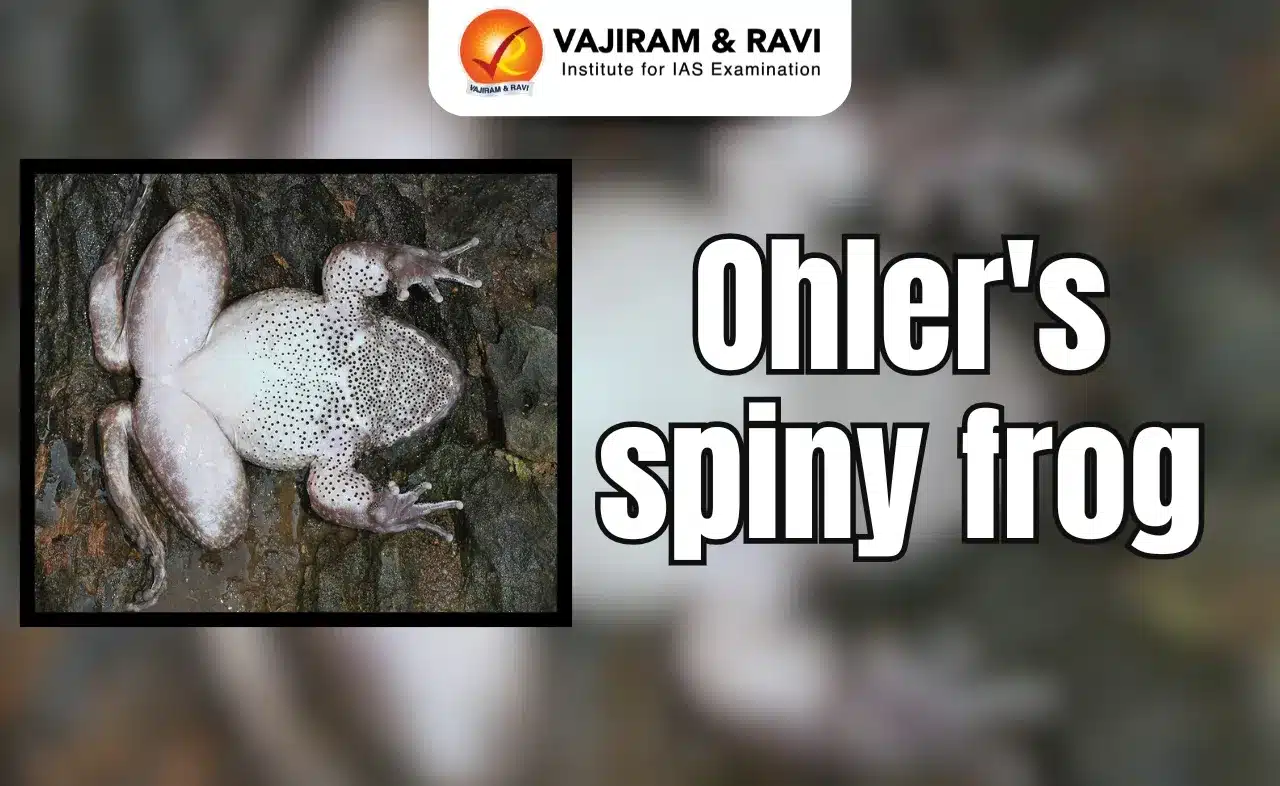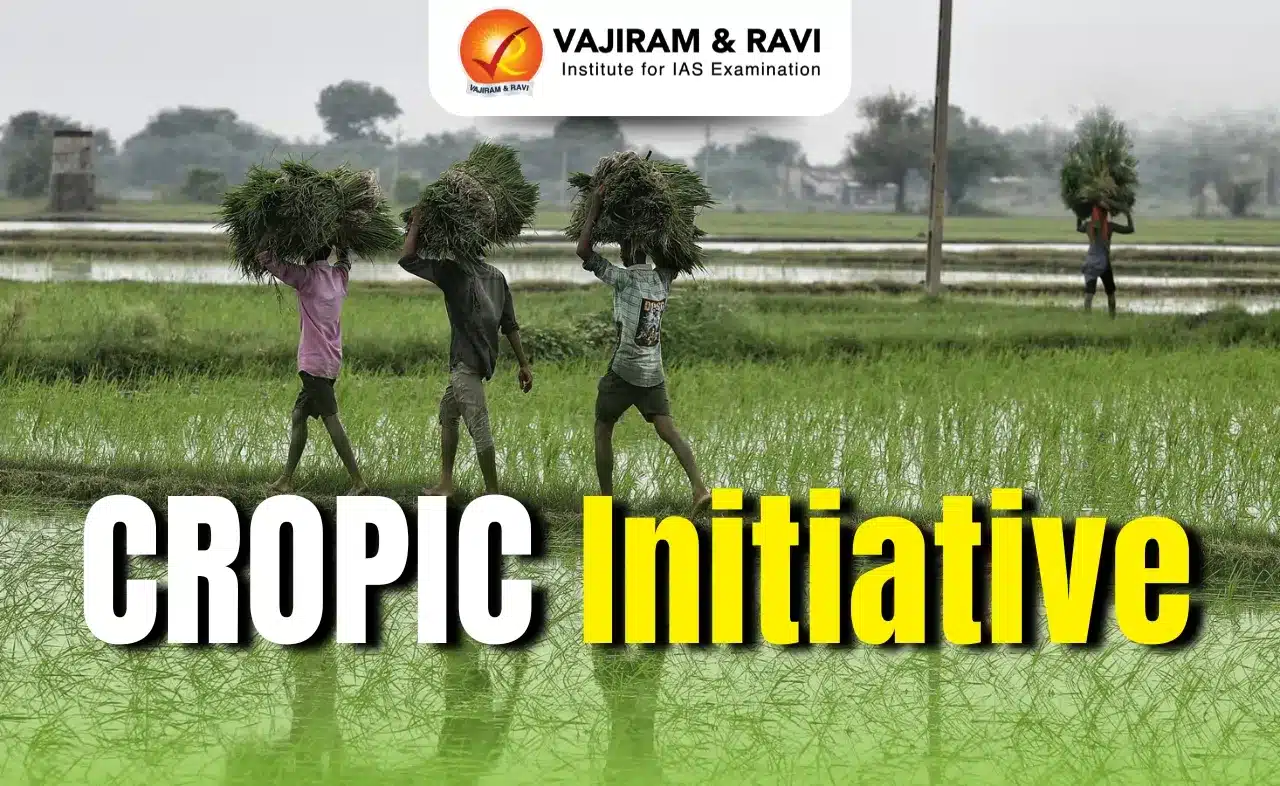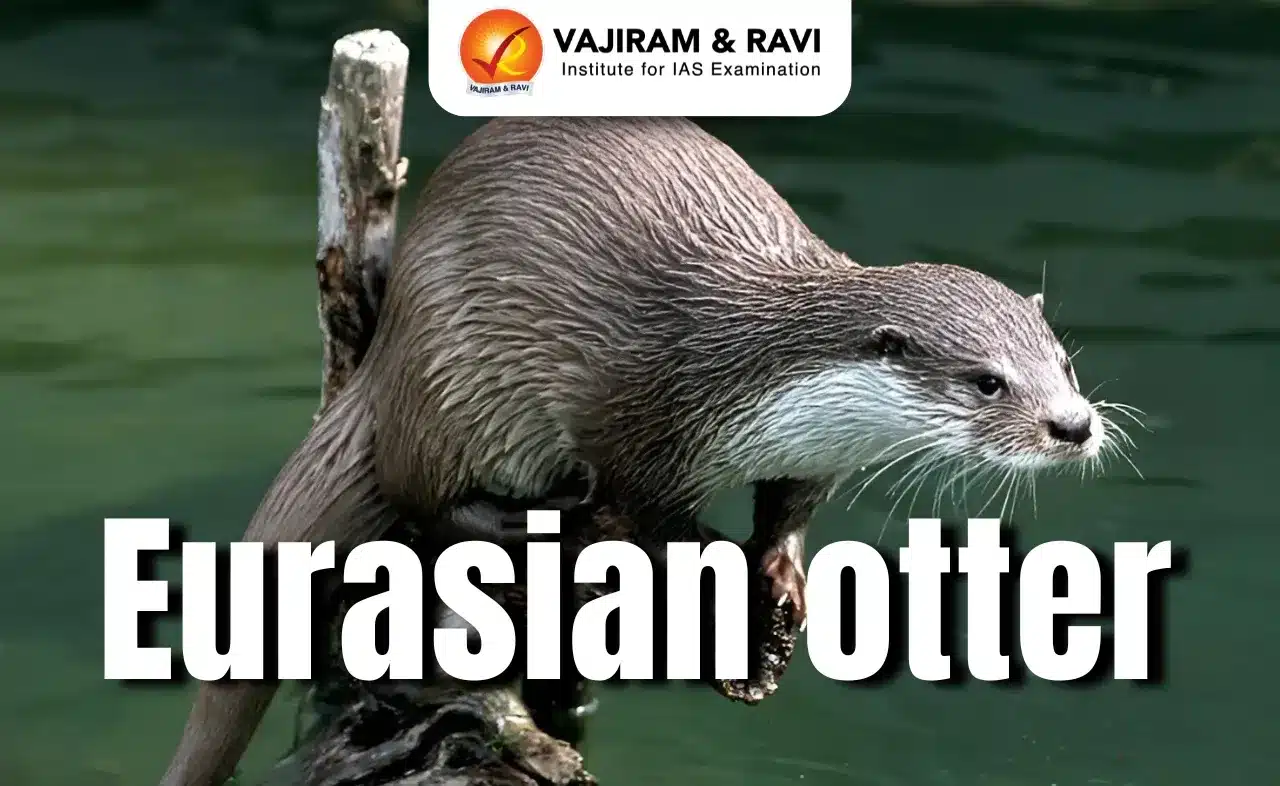Tourette Syndrome Latest News
Tourette syndrome affects an estimated 0.3% to 1% of the global population.
About Tourette Syndrome
- It is a neurological disorder that causes sudden, involuntary movements or vocal sounds known as tics.
- It typically emerges between ages 2 and 15, with the average onset around six.
- It affects an estimated 0.3% to 1% of the global population, with a higher prevalence among boys than girls.
- Tics can range from mild to severe. In severe cases, they can significantly impact communication, daily functioning, and quality of life.
- Tics are broadly classified as simple or complex.
- Simple motor tics involve a single muscle group and include eye blinking, facial grimacing, shoulder shrugging, and head jerking.
- Simple vocal tics include throat-clearing, sniffing, barking, or grunting.
- Complex motor tics involve coordinated patterns and may include touching objects, hopping, or bending.
- Complex vocal tics may involve repeating one’s own or others’ words (echolalia), or, in rare cases, using obscene language (coprolalia).
- Tics often worsen with stress or excitement and may improve when the person is calm and focused. They typically reduce during light sleep and disappear in deep sleep.
- Tourette’s rarely occurs in isolation. It commonly coexists with ADHD, OCD, anxiety, depression, learning disabilities, and autism spectrum disorders.
Treatment for Tourette Syndrome
- Currently, there is no cure for this syndrome but treatments are available to help manage some symptoms.
- Cognitive Behavioural Therapy (CBT) has shown very promising outcomes.
Source: TH
Tourette Syndrome FAQs
Q1: What gender is more likely to have Tourette's?
Ans: Boys were about three times more likely to have TS than girls.
Q2: What is the scientific name for Tourette's syndrome?
Ans: Gilles de la Tourette syndrome.











